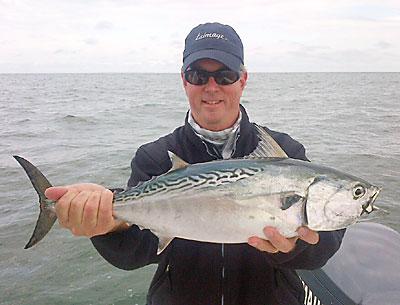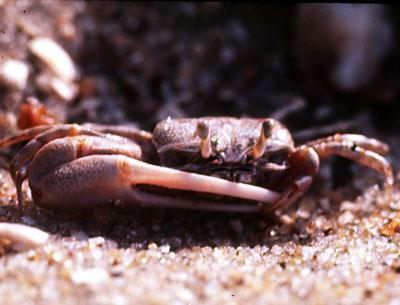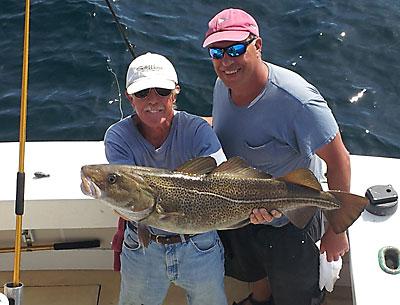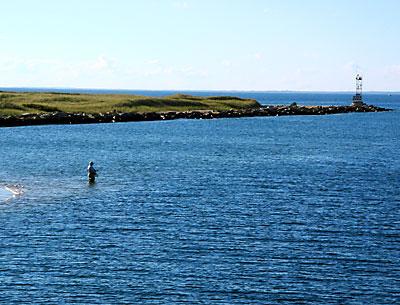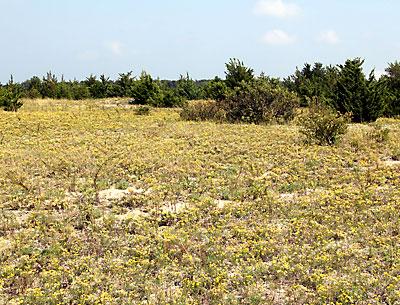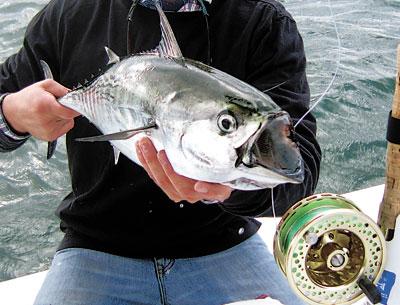Nature Notes: Montauk Could Be an Island
Nature Notes: Montauk Could Be an Island
The scientists tell us that sea level is rising. The tide is coming in. In point of fact, sea level has been rising since about 12,000 years ago when the last ice age came to end. In some coastal areas it has risen a couple hundred feet, so sea-level rise is nothing new in the same way that volcanoes, hurricanes, tornados, earthquakes, and tidal waves are nothing new. It is only that those others were fast-acting, while sea-level rise is a creeper.
In fact there are places along the edge of the world’s oceans where the sea level is falling. It’s all relative. The continental masses rest on plates, which float on a molten rock fluid, at least that’s our best guess. When you add weight to a particular plate, it is depressed and the water level edging it rises in relation to the plates sinking. Glaciers are exceedingly heavy. They press down on the particular plate on which they sit, accompanied by an adjacent sea-level rise.
However, now that glaciers are melting at a near-record rate, that weight is being removed and that part of the plate is bobbing up. Such is the case in the northeast Pacific Ocean where some Alaskan shores are rising, sea level is falling, and the shore is widening. Yes, glacial melt water finds its way into the seas, but it doesn’t stay in the same area, it is redistributed throughout the world’s oceans, so its contribution to local sea level, say, along that Alaskan shoreline, is dwarfed in comparison to the uplift in the plate resulting from melting ice.
While sea level around the world as measured against different coastal areas varies, here along the Atlantic Coast, there is little doubt that our sea level is rising and most of this rise can be attributed to the melting glaciers. The tectonic plate we reside on is fairly stable in the vertical sense, although it continues to move horizontally at a very slow snail’s pace.
Though sea level is rising, there is no need to run about like Henny Penny as if the sky were falling. It’s an exceedingly slow rise, somewhere around three to five feet by the turn of the next century. The crest of the 1938 Hurricane-driven sea level reached a maximum of 13 feet in Montauk, three times the predicted 100-year sea-level rise. We had no time to adjust to that almost instantaneous sea level rise. We have plenty of time to adjust to this very slow one.
What are some of the effects we can anticipate locally? Let’s take the largest, lowest-lying area on the South Fork, the Napeague isthmus in Amagansett, for example. Save for the ocean dunes here and there, the highest points on the isthmus are Montauk Highway and the Long Island Rail Road bed. They are only five or six feet above sea level at their lowest points, and so waves will begin to lap over them in the next 50 years or so. The lowlands and freshwater wetlands on either side of them will be come mostly tidal wetlands. The ponds will turn salty, spartina grasses will replace the rushes and sedges.
Western Montauk is fairly high, with the exception of the downtown. Fort Pond from the ocean beach to north of Navy Road will become tidal, while the south watershed of Lake Montauk, which begins less than 100 feet north of the Atlantic Ocean’s edge will undergo a very severe change. The Seven Sisters, high on the bluffs, will be safe and sound, but almost all of the Ditch Plain residential community will be under water. Lake Montauk will not only be connected at its north end to Block Island Sound as it is now, but will connect to the ocean, as well.
West of Napeague on the south side of East Hampton, it will take a comparatively long time to make a dent, except for that part of the Village of East Hampton lying south of Newtown Lane and North Main Street. The Maidstone Club’s irrigation problem will be scuttled, as much of the golf course will become tidal. In years to come, it may be a better sea park and waterfowl refuge than a place to play golf.
Georgica Pond will reunite with Wainscott Pond, and the edge of the sea will routinely wash over parts of the south of the highway community between Route 27 and the ocean. All that saltwater will inundate part of the freshwater aquifer, lifting it higher, as freshwater is less dense than saltwater and so will rise up commensurately with the rise in the underlying saltwater intruding below. Fortunately, almost all of the water supply for those south of the highway comes from wells far to the north of it owned and managed by the Suffolk County Water Authority. Potable water won’t be a problem, at least not until the next century.
Of course, the low-lying lands on the north rimming the Peconic Estuary, including Northwest and Springs, will not fare well, and almost all of the houses there, save for those well back on the bluffs of Hedges Banks and Kings Point, will suffer. If not raised on piles, the way the Kim house on Gerard Drive is, they will be pushovers and easy float-aways for future northeasters and tropical storms.
Most of Sag Harbor’s downtown area is but a few feet above the current water table. It will likely become swampier and swampier as the years go by.
The Army Corps of Engineers has been working on a plan for dealing with storms and sea-level rise on Long Island’s south shore from Fire Island to Montauk Point for more than 40 years. At the beginning of each round of local, state, and federal elections they say it will be finished the following year, but, 20 times said and 20 times not delivered, that has become an empty promise. Our Congressional representatives for the past 40 years have all promised to resolve the matter, but the matter has yet to be resolved and probably never will be.
In the meantime, primary evacuation routes, Montauk Highway on Napeague and in East Hampton Village, will ultimately see more boats evacuating strandees than motor vehicles. Many Noyac and North Sea roads such as Long Beach and Short Beach Roads, will be under water.
Do you suppose the Mayans figured out this rising sea level thing before modern science did? Long Island’s Native Americans have been moving their abodes and encampments farther back from the shore with each passing century, beginning at the dawn of their occupation not long after the ice sheet departed to the north. They are quite savvy, wouldn’t you say?

